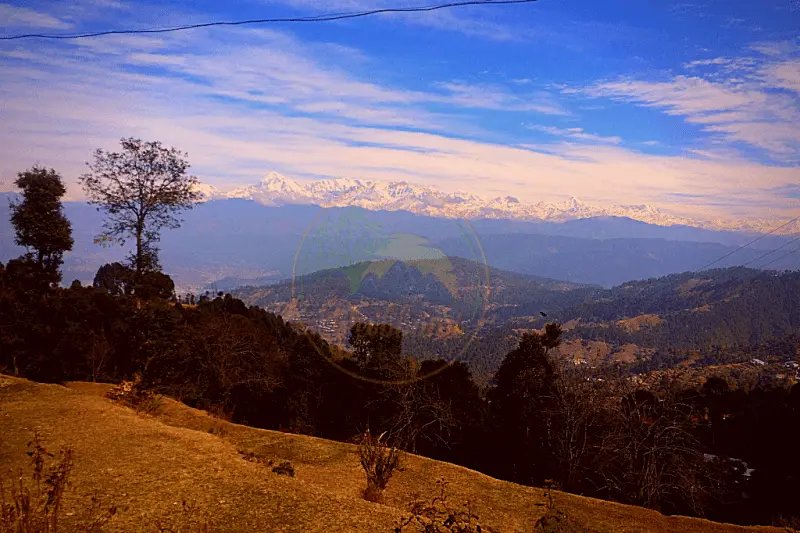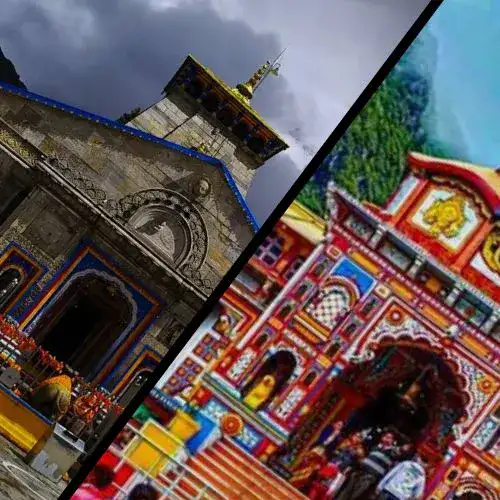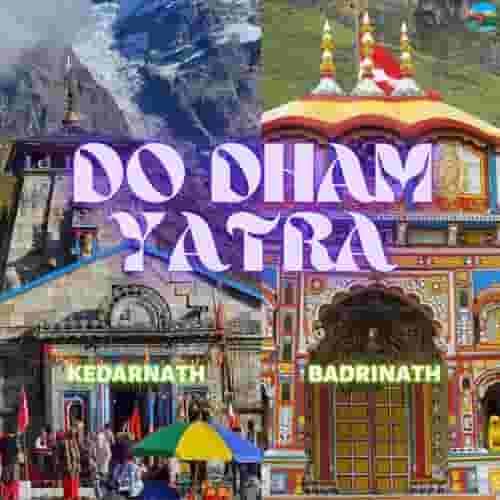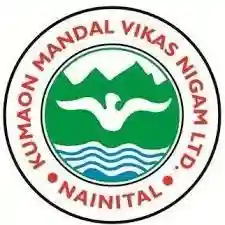Culture of Uttarakhand
Culture and individuals are nearly connected with each other. The term ‘culture’ alludes to the mind boggling accumulation of information, fables, dialects, rules, ceremonies, propensities, ways of life, states of mind, convictions, and traditions that connections and gives a typical character to a specific gathering of individuals at a particular point in time.
- FAIRS AND FESTIVALS
- CULTURE AND PEOPLE
- TRIBALS
- PAINTINGS
- MUSIC AND DANCE
Regularly a reasonable implied a social affair of individuals to show or exchange deliver or different merchandise, to parade or show creatures and frequently to appreciate move and music. It is regularly the substance of a reasonable that it is brief; some last just an evening while others may keep going as long as half a month.
The reasonable is an old convention, and numerous groups have long had committed carnival; others hold them in an assortment of open spots, including boulevards and town squares, or even in huge private greenery enclosures. Fairs are regularly held in conjunction with a huge occasion, for example, the commemoration of a nearby chronicled occasion, a regular occasion, for example, reap time, or with an occasion or a celebration or some favorable event, for example, Makar Sankranti or Nandashtami or Vaisakhi and so forth.
Uttarakhand is rich in culture and legacy. Fairs (called Mela in Hindi) are commended with intensity and energy. They are an essential piece of the social and social existence of Uttarakhand. Here one can see the social decent variety of this state. It is at these fairs that the conventional fine arts that are very nearly annihilation reemerge so they can be perceived and bolstered.
Individuals from all groups take an interest in these Melas and one can see the kinship among the majority, reflected in the aggregate delight experienced by every last one.
Every single social unit build up a culture. Consequently it is the tenants of a particular locale that all things considered add to frame that exceptional cornucopia of life we call culture. In the event of Uttarakhand, the Land of Gods, normal decent variety and the component of the Himalaya’s unparalleled excellence and holiness add another measurement to the word ‘culture’. The general population of the state are as various as the scene. Uttarakhand is honored with an entire assortment of culture enormously impacted and motivated by its geo-social components. The old social conventions of Uttarakhand are profound established essentially in religion. Music, move and expressions are a show for the firm religious obligations of the general population with the sensational Himalayas. “In those beautiful valleys there is as yet the sentiment and verse of life: each tree has its god, each bramble its soul” – So composed the nineteenth century British anthropologist and surveyor Charles A. Sherring, portraying a reasonable piece of Uttarakhand, in his awesome research ‘Western Tibet and British Borderland’.
All the nearby customs of the state are firmly appended to nature and its abundance. No legends or fantasies are finished without nature, seasons or the Himalayas being fundamental piece of them. The general population save no chance to commend this abundant common, social and religious decent variety. Aggregate festivals turn into the request of the day – the numerous fairs and celebrations bear declaration to this. These fairs have now turned out to be momentous stages for all kind of uncluttered social, social and financial trade. Guests from distant locations abroad are attracted to these occasions in hoards. The state offers travel choices to both – the religious and the otherworldly.
There are various religious occasions connected to River Ganga – the holiest of the considerable number of waterways. Day by day aartis played out each night at the banks of the Mother-River in Haridwar and Rishikesh exhibit a significant incredible sight when the ritzy sky is by all accounts mirroring the peaceful waters of the waterway upon the surface of which coast endless diyas offered to the goddess. The Kumbh Mela that is held at regular intervals witnesses a portion of the biggest social occasions of aficionados to be seen anyplace in the entire world.
Overpowering characteristic displays go with the explorers participating in the Nanda Devi Raj Jaat and Kailash Mansarovar Yatras. The hallowed places of Hemkund Sahib and Nanakmatta Sahib are gone by a huge number of Sikh fans while an image of national joining – the Dargaah at Piran Kaliyar Sharif, holds a huge religious rank for Muslims and individuals from different beliefs alike.
A few indigenous clans and groups thrive in this state today keeping up their unmistakable social legacy and customs. The few fairs and celebrations celebrated by the clans, for example, Bhotias (Shaukas), Tharus, Buxas and Jaunsaris are opprtunies for local people and the guests to witness these occasions as chances to keep the customary methods of life and workmanship alive separated from giving them the acknowledgment they so firmly merit.
Legends, fantasies and accounts in abundance in the territory of Uttarakhand which has thusly been offered by the wealthiest, sacred waterways and the most regarded mountains. Arrangement of legends and stories are complicatedly woven around the hallowed holy places, sanctuaries and streams by straightforward hearted, god-dreading individuals that all the while mirror the socio-social decent variety of the state.
The Uttaranchal of today overflows with the vivacious murmur of existence with individuals from different groups and religions adding to making it into a magnificent bounty of the celebration called life. The first locals of the place where there is Uttarakhand have a place with various clans having their unmistakable and copious culture. Real clans of Uttaranchal incorporate Bhotias (or Shaukas), TribalsRangs, Tharus, Buxas, Jaunsaris, Rajis (or Banrawats) aside from indigenous gatherings like Mahigeers and Van Gujjars.
The Bhotia is a nonexclusive name that incorporates the Shaukas of Munsyari (Pithoragarh), Ranges of Dharchula(Pithoragarh), Tolchhas and Marchhas of Niti and Mana valleys (Chamoli) and Jads of Harsil (Uttarkashi). The greater part of these semi-itinerant peaceful gatherings are anyway brought under one anthropological term – Shauka.
The Tharus were before the biggest planned clans in the recent province of U.P. what’s more, are presently amassed in the Khatima and Sitarganj tehsils of Udham Singh Nagar locale. They assert their family from Kirata. A few scientists view them as relatives are of the Rajputs, while some others follow their cause from the Mongols of Central Asia. Their dialect is intensely impacted by Hindi and Nepali.
The joint family framework is extremely natural here. The Baradari Panchayat is the political association of the Tharus. The Tharus additionally put stock in 36 gods, and additionally in witchcraft, magic, and penances. They offer penances to every one of their gods with the exception of Jagannathi Devta, who is offered drain as it were. They are a rural group who are additionally angling specialists. Ladies don’t eat the fish touched by men thus the people angle independently.
Tribals The Buxas are from Mongoloid stock and claim rajput root. Nearly looking like in their propensities and traditions to Tharus, they are said to be the first tenants of the Terai belt and live in Udham Singh Nagar, Dehradun, and Pauri Garhwal. They are the supporters of Lord Rama and Krishna and love Hindu divinities. The term ‘Jaunsar’ speaks to various ancestral gatherings to be specific the Khasas, craftsman classes Koltas and baigis who possess the Jaunsar zone of the Dehradun region. Rajis, Mahigeers, and Van Gujjars are other socio-ancestral gatherings whose unmistakable ways of life add more hues to the lively inborn existence of Uttarakhand.
The improvement of the Garhwal school of painting as a branch of the Pahari school of craftsmanship is accepted to have begun in the seventeenth century and achieved its apex in the last 50% of the eighteenth and first 50% of the nineteenth hundreds of years. The main pioneer behind this development was the prominent Garhwali painter, artist and antiquarian Mola Ram.
In the seventeenth century, the Mughal Prince Suleman Shikoh had taken shelter in Garhwal. He was joined by a couple of specialists knowledgeable in the Mughal style of smaller than normal canvases. When he returned he abandoned Shamdas and Haridas, who had effectively aced the new painting procedures. These two were the predecessors of Mola Ram.
The Pahari Painting is propelled by the fights amongst great and wickedness. It has secured immense subjects like Indian life; its history, culture and customs, with a touch of heavenly nature. There is a great deal of inconspicuous profound substance in the craftsmanship, writing and folklore that has made due for ages in the Indian sub-landmass. The Pahari Kalam style of painting was created in the Kumaon zone and was honed in a portion of the Himalayan districts.
Aipan or Alpana is a famous Kumaoni fine art done on dividers, paper and bits of fabric. This improving workmanship incorporates illustrations of different geometric and different figures speaking to divine beings, goddesses and objects of nature. The pichhauras or dupattas are likewise brightened along these lines. These custom plans and examples are an outflow of a ladies’ imaginative taste. Barboond, Patta, Rangwali and so forth are some more types of neighborhood custom depictions to be done on particular events.
Other than these a few spots like Lakhudiyar, Falseema, Kasardevi in Kumaon and Dungri in garhwal have hints of old shake canvases and etchings.
All types of people music and move go back to no specific stage in time – they are passed on from ages to ages. Conventional people music has been characterized in a few courses: as music transmitted by mouth, as the music of the workers, and as music with obscure writers. Same can be said for the tunes that go with these structures. From the earliest starting point of mankind’s history, the greatest wars that human race needed to wage were against the very components of nature, whose basic attitude was to put the human perseverance to requesting tests.
A similar rule can be connected to Uttarakhand. Living was an extremely troublesome business in old circumstances. Life under the tough climatic conditions was incomprehensibly troublesome back then, despite the fact that in specific parts regardless it continues as before, if not more terrible.
The straightforward and persevering individuals took asylum in the reassuring lap of music which as a general rule was joined by a tune and a move. They understood that after each hardship that nature postured before them, it generally opened up its chest of liberality as well.
People music, society tune, and people move are relatively late articulations. They really are expansions of the term fables, which possess large amounts of both Garhwal and Kumaon. Obviously the uncommon excellence of the Himalayan scenes rendered similarly remarkable hues to the fables.
Along these lines there are society tunes for each event and reason – there are reverential tunes to summon the neighborhood divinities, promising tunes to command events like relational unions, religious melodies adulating the divine beings, courageous tunes describing long the gallant deeds of lords in the fights, phantom tunes tending to the components past legitimate human perception, occasional tunes, tunes showing ethical quality and last yet not minimal, tunes about sentiment, enthusiasm, and the unavoidable partitions.
The tune shape Nyauli of Kumaon discovers its comparable in Khuded and Jhumeilas of Garhwal. These are love melodies blended with tones of partition. At that point, there are different structures as Phag, Bair, Baramasa, Saiddhali, Pavada, Hurkiya Baul and Pandav Songs to give some examples.
Generally, the majority of the people tunes were joined by moving. The moves can be comprehensively ordered into word related, regular, military, reverential and ceremonial moves. The conspicuous society moves are the Bhotia Dance, Chamfuli, and Chholia. The Bhotia Dance, Dandala, Chamfuli, Dhusaka, and Dhurang are the gathering society moves of the Bhotias and are very like the Garba move of Gujarat. The move shapes are extraordinarily affected by folklore, religion, and get-togethers. Chamfuli is a prominent move type of the Garhwal area. In this move, people move to the musicality – independently and together in sets with clear outward appearances. The Chholia move is performed only by the young men and men at marriage parades. A couple of them take on the appearance of warriors and establish the scenes of furious duels. After this move, the lady of the hour is diverted by her sweetheart. This move is a war move and has existed for over 2000 years. The Pandava move performed amid Dussehra and Deepawali is authorized by portraying the tale of the Mahabharata alongside move and music. The Badra Nati move is performed by people wearing brilliant outfits, amid religious celebrations and on other social events. On the event of the lady of the tour’s first visit to her parent’s home after marriage, the Tharu move is performed to welcome the recently wedded couple. The Chanchari move is a move identified with the Garhwal and Almora district. The Jhoda move of Kumaon is arranged terrifically on a full moon night by young fellows and ladies, uniquely amid the bright period of the celebration of Holi.
The Hurkiya baul is a group move, pervasive in Kumaon, is still the piece of rustic life amid the sowing season. Inferable from the absence of difficult work in the rough slopes, individuals usually cooperate. Usually, every one of the groups of a town does the sowing in every one of the fields all things considered one by one. A vocalist sings stories of valiance from nearby history, joined by the beats of the customary instrument Hurka, while the ladies cooperate with their working hands following a nearly move like development. The greater part of the stories described in Hurkiya Baul is about the overcome Chand lords of Champawat of a former period.













































